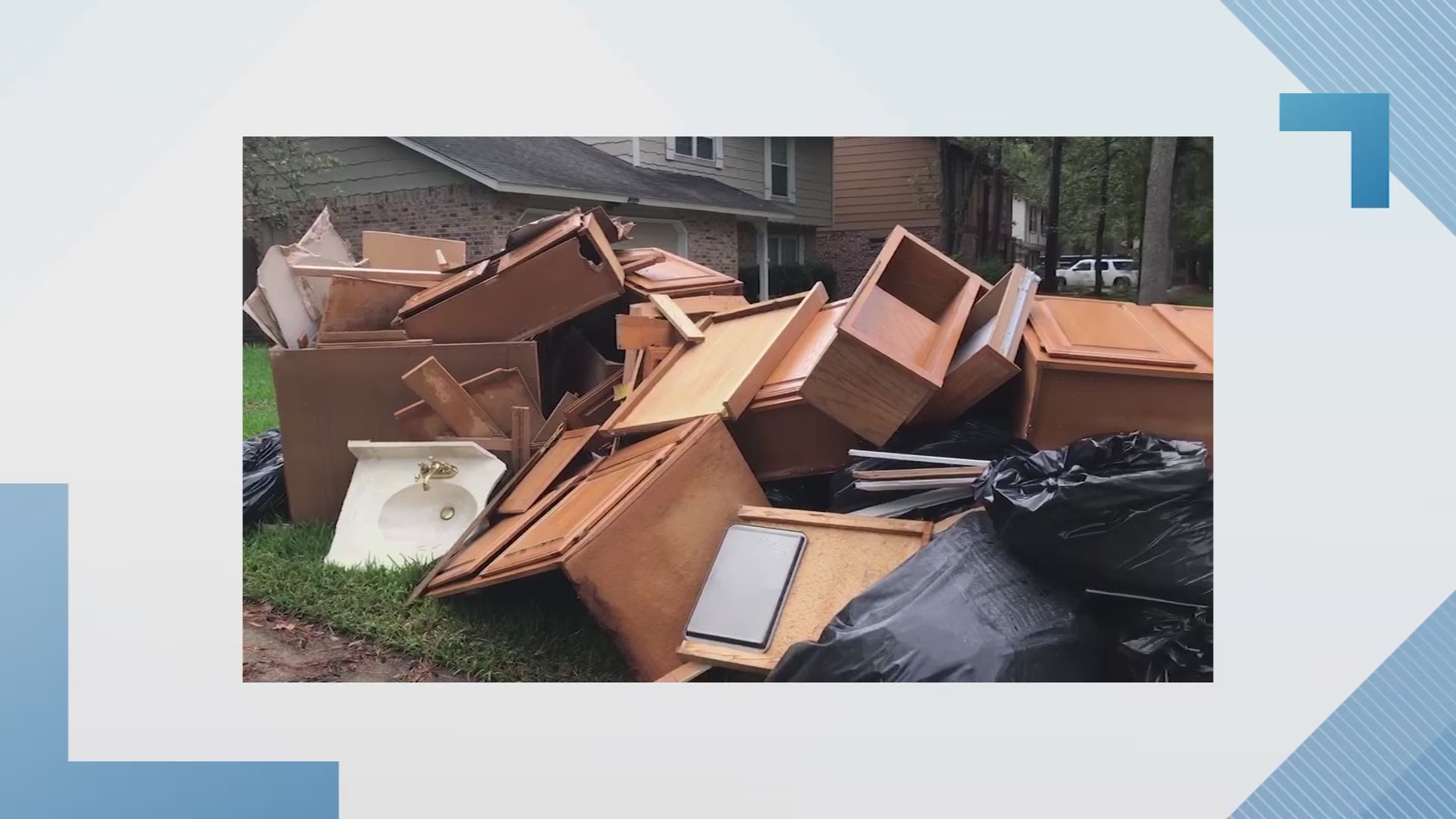FEMA funds are now available for people whose homes were damaged by the flooding from the remnants of Imelda.
Six Texas counties (Chambers, Harris, Jefferson, Liberty, Montgomery, and Orange) received federal disaster declarations from President Trump on Friday, following Texas Governor Greg Abbott’s state-level declaration for 13 counties. More counties may be added to the declaration later if requested by the state and warranted by the results of further damage assessments.
To get money from FEMA, people must apply at www.disasterassistance.gov.
Money is given out based on need.
FEMA helps families who are both uninsured and underinsured, both renters and homeowners.
Assistance can include grants for temporary housing and home repairs, low-cost loans to cover uninsured property losses, and other programs to help individuals and business owners recover from the effects of the disaster.
According to FEMA Region 6 spokesperson Robin Smith, FEMA cannot duplicate what insurance provides, but FEMA can supplement it.
Smith said some people who have flood building insurance may not have insurance that covers the contents in their homes. FEMA may be able to help recover some of those costs.
“We can only assist with very basic things,” Smith explained in a text message. “We have been tasked by Congress to help people get their home to the ‘safe, secure, and sanitary’ stage.”
Smith explained that flooring such as carpet or tile is not considered “basic,” because people can live in homes and just have plywood underlayment.
“You may have lost a big screen TV, but FEMA cannot replace it like insurance could,” Smith explained. “We would only assist to get you a very basic replacement (no bells and whistles – and regular size).”
Right now, FEMA aid is capped at $35,500 per family, but Smith and officials from TDEM said that maximum amount is reserved for the most severely damaged homes.
“The national average FEMA grant before (Hurricane) Harvey, Maria, and Michael was about $3,800,” said Smith. “Once those three storms hit, the damage was so excessive that the average went up to $5,900.”
Smith said having insurance is critical.
“Even some insurance is better than none and likely more than FEMA may be able to assist with,” said Smith.
Advice for survivors:
- Go ahead and begin your cleanup.
- Document your damage with photographs
- Keep your receipts
- Contact your insurance agent to get that process started
- Identity thieves and other criminals may attempt to prey on vulnerable survivors while government agencies and charitable groups begin to provide disaster assistance. Common post-disaster fraud practices and scams include:
- Phony housing inspectors
- Fraudulent building contractors
- Bogus pleas for disaster donations
- Fake offers of state or federal aid
- Local, state and federal agencies never request money for help and their employees always carry ID badges. Again, there is no fee required to apply for or to get help from FEMA, the U.S. Small Business Administration (SBA) or the state.
ALSO POPULAR ON KHOU.COM

